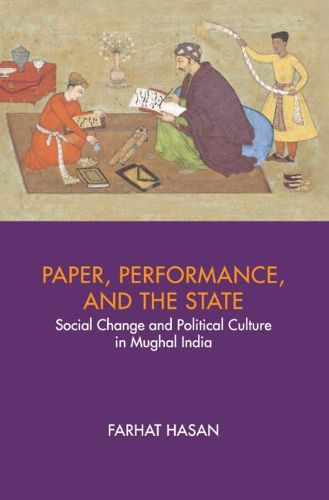Readings Newsletter
Become a Readings Member to make your shopping experience even easier.
Sign in or sign up for free!
You’re not far away from qualifying for FREE standard shipping within Australia
You’ve qualified for FREE standard shipping within Australia
The cart is loading…






This book explores the changing socio-cultural world in early modern South Asia, and locates the agency of the Mughal state therein. The development of literacy and new forms of engagement between literacy and performance prompted the opening up of new spaces of social communication, and led to the development of a performative (and somatic) public sphere in South Asia. The work highlights the significance of legal spaces, along with the markets and coffeehouses, in shaping the emergent public sphere. While defending the case for legal pluralism, it argues that the Mughal state endured and enhanced the diversity in the legal order. Focusing on the socially embedded attributes of the state, it looks at how the state’s relations with the local powers impinged on, and reproduced community identities, identity conflicts, legal pluralism, property relations, and different forms of social communication.
$9.00 standard shipping within Australia
FREE standard shipping within Australia for orders over $100.00
Express & International shipping calculated at checkout
This book explores the changing socio-cultural world in early modern South Asia, and locates the agency of the Mughal state therein. The development of literacy and new forms of engagement between literacy and performance prompted the opening up of new spaces of social communication, and led to the development of a performative (and somatic) public sphere in South Asia. The work highlights the significance of legal spaces, along with the markets and coffeehouses, in shaping the emergent public sphere. While defending the case for legal pluralism, it argues that the Mughal state endured and enhanced the diversity in the legal order. Focusing on the socially embedded attributes of the state, it looks at how the state’s relations with the local powers impinged on, and reproduced community identities, identity conflicts, legal pluralism, property relations, and different forms of social communication.